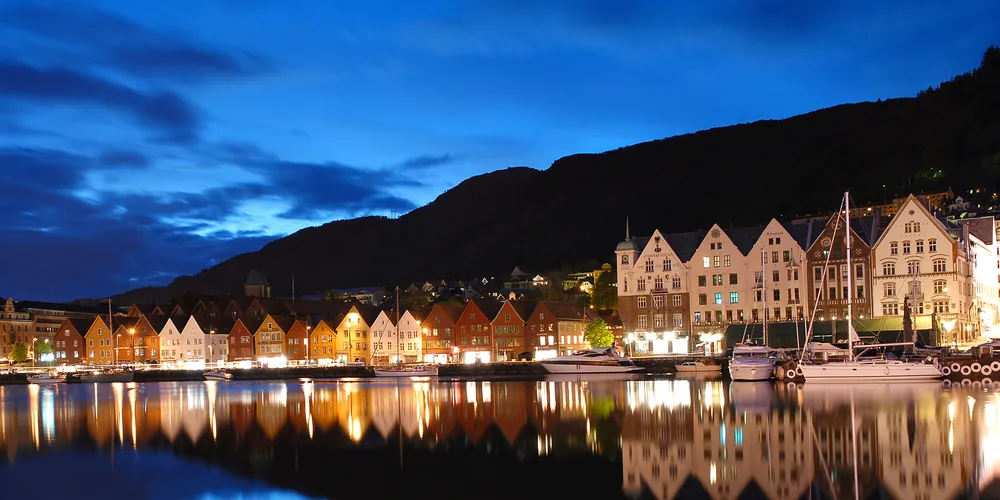North Atlantic Seafood Forum blog: Fishing for gold in the Barents Sea
The 11th edition of the world's largest seafood business forum took place in Bergen, Norway last week. Read our full coverage of the event.

The 11th edition of the world's largest seafood business forum took place in Bergen, Norway last week. Read our full coverage of the event.
